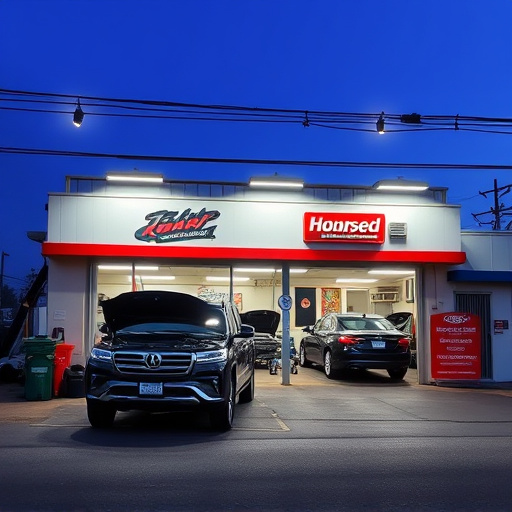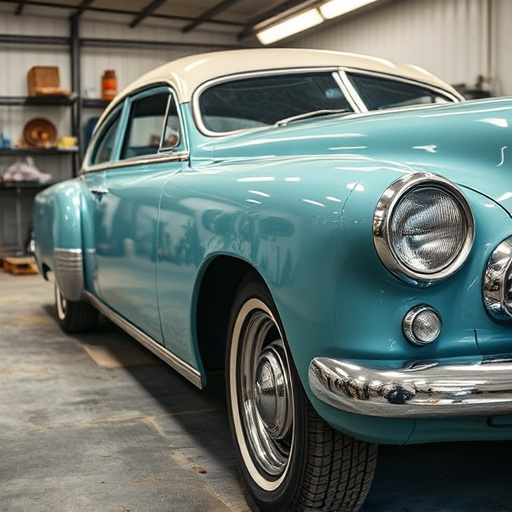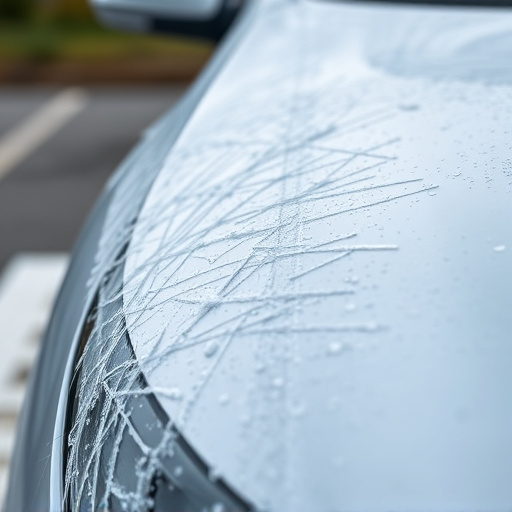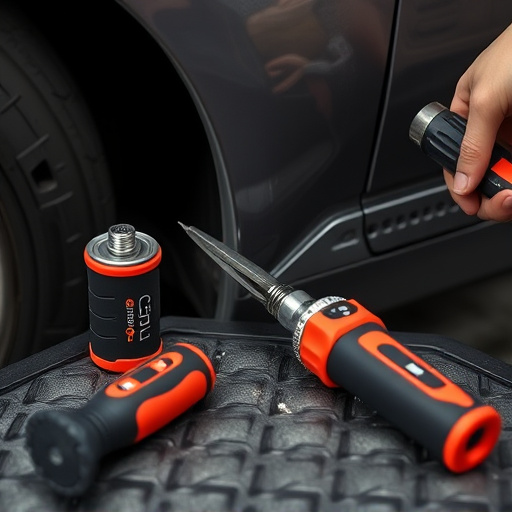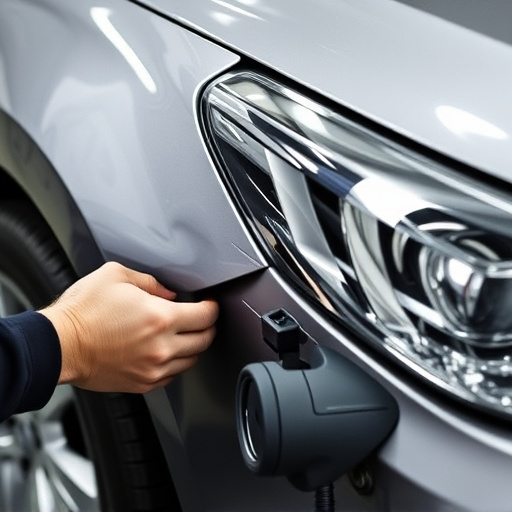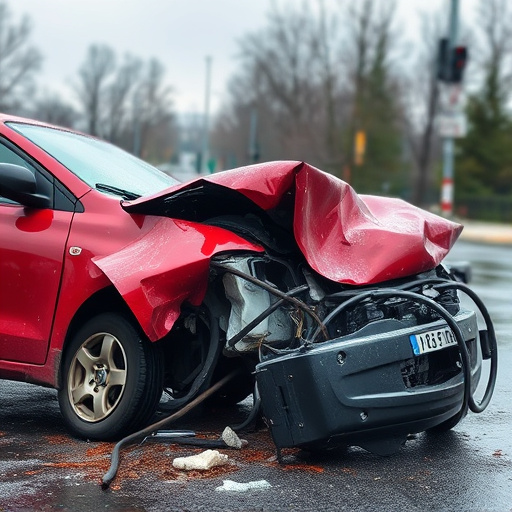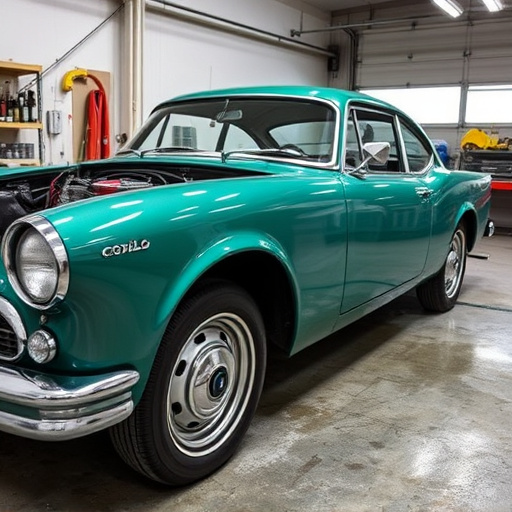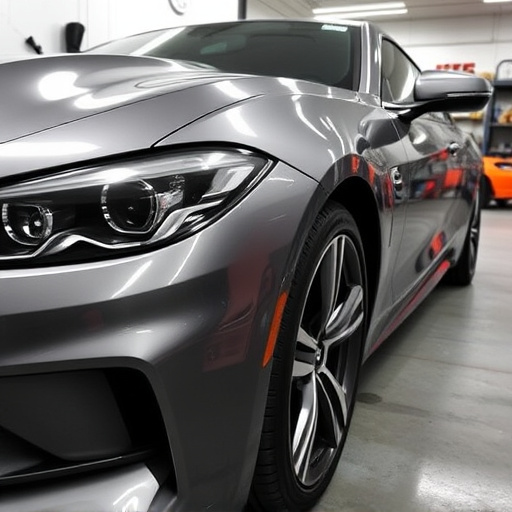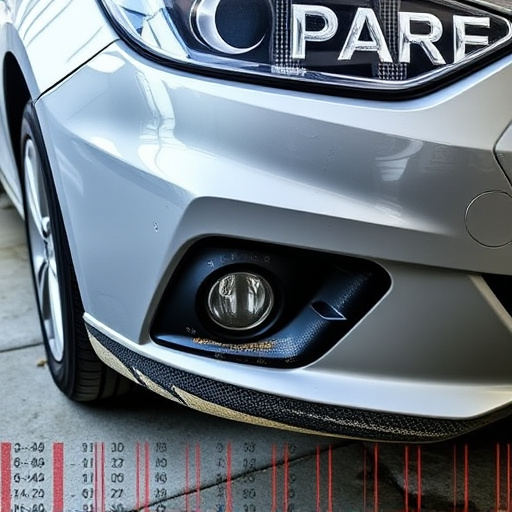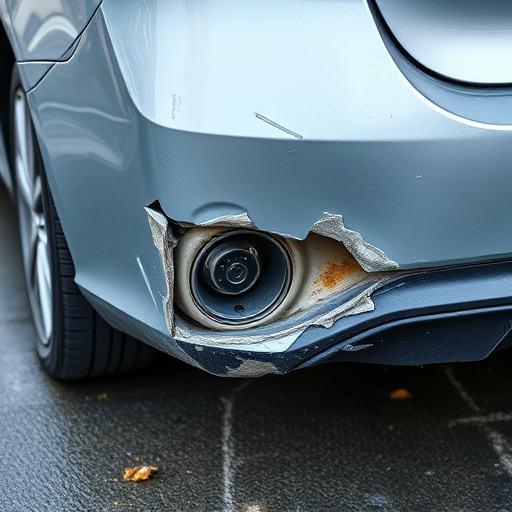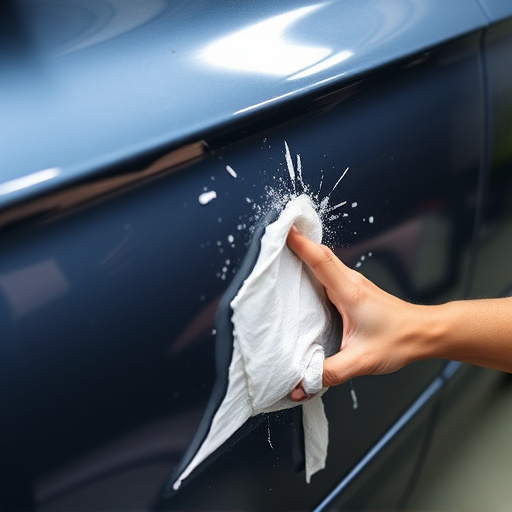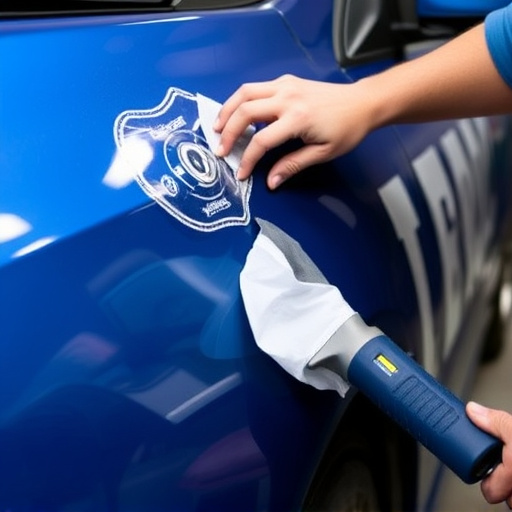Advanced welding techniques have revolutionized auto repair, replacing traditional open-flame methods with automated systems like laser and robot-assisted arc welding. These modern approaches offer enhanced control and precision, minimizing errors and accidents. Laser welding ensures clean cuts with minimal heat, while robots navigate complex shapes safely. This has improved work environments for technicians and the overall quality of vehicle restoration, transforming collision repair processes into safer, more efficient operations.
In today’s automotive landscape, safety during auto repair is paramount. The evolution of welding in the industry has revolutionized repair processes, with advanced techniques like laser and TIG welding reshaping the way we fix vehicles. This article delves into the historical context of welding, exploring how modern methods have enhanced precision and reduced risks. We’ll guide you through the best practices for implementation, including industry standards and successful case studies, ensuring workshops adopt these safe and effective advanced welding techniques.
- The Evolution of Welding in Auto Repair: Unlocking Safer Practices
- – A historical perspective on welding techniques in automotive industry.
- – Introduction of advanced methods and their benefits.
The Evolution of Welding in Auto Repair: Unlocking Safer Practices
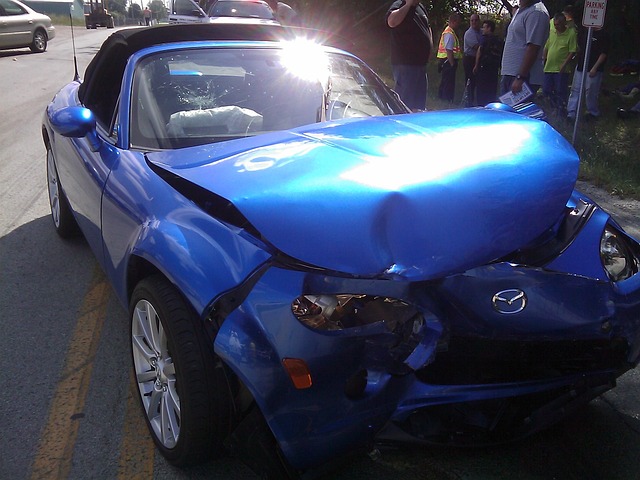
The evolution of welding techniques has been a game-changer in the auto repair industry, paving the way for safer and more efficient practices. In the past, traditional welding methods often involved open flames and manual manipulation, which carried inherent risks, especially in a collision repair shop or car body shop environment. Today, advanced welding techniques have revolutionized this process. Automated and precision-guided systems, such as laser welding and robot-assisted arc welding, offer greater control and accuracy, minimizing the potential for errors and accidents.
These modern approaches not only enhance safety but also improve the overall quality of auto body repair. Laser welding, for instance, provides clean, precise cuts with minimal heat input, reducing warping and ensuring structural integrity. Similarly, robot-assisted welding can handle complex shapes and tight spaces, eliminating many of the hazards associated with manual welding. As a result, collision repair shops and car body shops are better equipped to tackle intricate repairs, fostering a safer work environment for technicians and ensuring superior vehicle restoration.
– A historical perspective on welding techniques in automotive industry.

The automotive industry has witnessed a remarkable evolution in welding techniques over the years, moving from rudimentary methods to advanced welding techniques that have revolutionized auto repair safety and quality. Historically, early automobiles relied on traditional welding practices such as riveting and bolting for assembly. These methods, while serviceable, were time-consuming and often resulted in less precise connections. The advent of arc welding in the early 20th century marked a significant turning point. This new technique offered greater speed, strength, and precision, paving the way for more intricate and complex auto body work.
Over time, as industrial needs grew, so did the sophistication of welding techniques. Modern advanced welding techniques, such as robotic welding, laser welding, and TIG (Tungsten Inert Gas) welding, have further enhanced auto repair capabilities. These methods ensure cleaner cuts, improved accuracy, and increased strength in welds, thereby reducing the risk of structural failures in vehicles. Moreover, they streamline collision repair processes, enabling faster turnaround times and more effective restoration of damaged cars to their pre-accident condition, including meticulous auto body painting and intricate detail work.
– Introduction of advanced methods and their benefits.
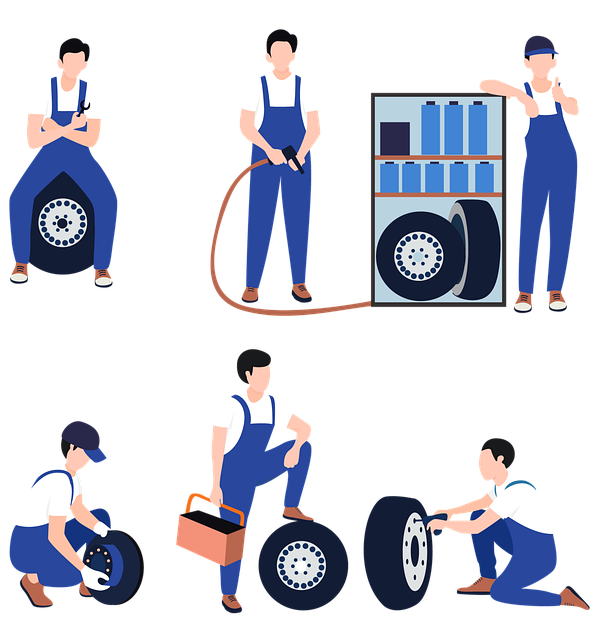
In today’s automotive industry, advanced welding techniques are revolutionizing collision repair shops and vehicle paint repair processes. These innovative methods offer numerous benefits over traditional practices, significantly enhancing safety and efficiency in tire services and overall vehicle restoration. One of the key advantages is their precision; advanced techniques allow for more accurate and controlled welds, ensuring structural integrity and reducing the risk of errors that can lead to costly mistakes or potential hazards during driving.
Additionally, these modern approaches often result in cleaner, stronger joints, which is particularly crucial when dealing with complex vehicle components. By minimizing heat input and focusing on specific areas, advanced welding techniques preserve the surrounding material, preventing unnecessary damage. This precision is especially valuable when repairing intricate body panels, ensuring that the final product not only looks flawless but also maintains optimal structural performance, making every collision repair shop a safer and more reliable service provider.
Advanced welding techniques have revolutionized auto repair, offering safer and more efficient practices compared to traditional methods. By embracing these innovative approaches, such as laser welding and robotic automation, the automotive industry can significantly reduce errors, minimize material waste, and enhance structural integrity in vehicle repairs. This evolution not only contributes to improved road safety but also fosters a more sustainable and economically viable auto repair landscape.
